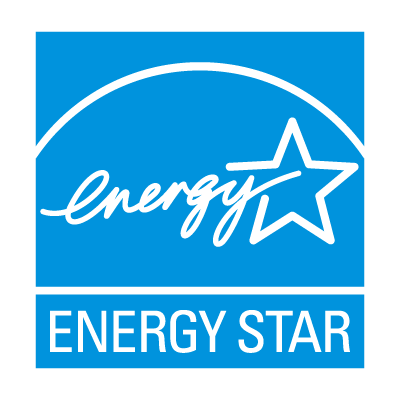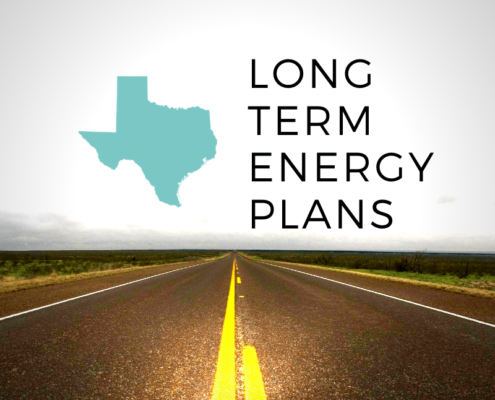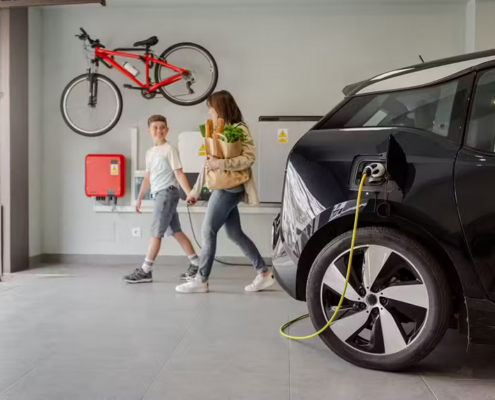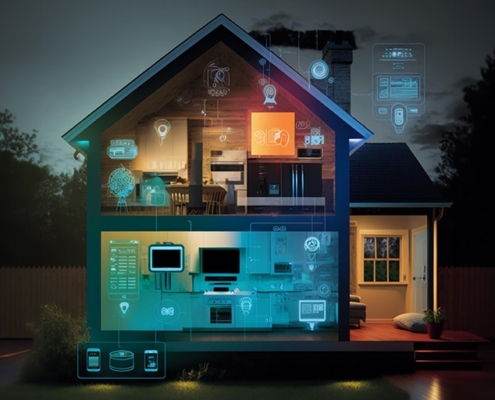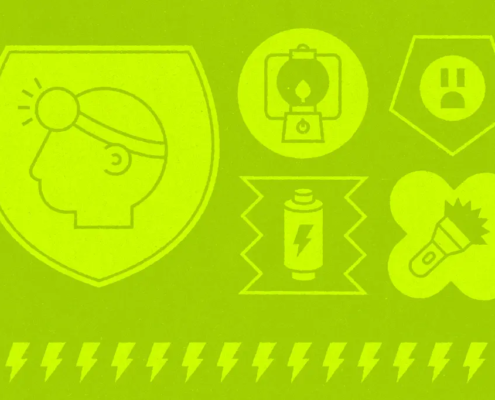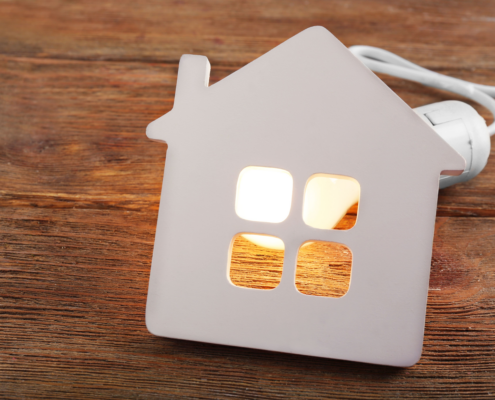Last Updated on July 7, 2023 by Mary Pressler
ENERGY STAR, An Overview
Energy-Saving Appliances and Efficient Building Certification
Reducing electricity bills is a very attractive proposition for homeowners and businesses, but energy efficiency is a technically complex topic. Electrical appliances and equipment differ in their specifications, and choosing the most efficient option can be a confusing process. To address this issue, the US Environmental Protection Agency (EPA) created the ENERGY STAR program, which includes laboratory tests and labeling for home appliances and many other devices. The US Department of Energy assists the EPA with the program, designing testing procedures and publishing standards for energy-consuming devices.
To be approved and labeled under the ENERGY STAR program, a product must pass rigorous laboratory tests. This is very helpful for customers, since energy efficient products are much easier to find:
- Instead of learning the technical specifications of every single home appliance, you can simply choose products with the blue ENERGY STAR label, which has become one of the most widely recognized marks in the USA.
- With the label, you don’t have to verify if a product is energy efficient, since it was already tested and approved by experts in a lab.
Purchasing labeled products is a simple way to reduce your electricity bills while helping protect the environment. Although renewable energy has experienced significant growth in Texas during recent years, natural gas is still the main electricity source. As a result, every kilowatt hour saved could be potentially subtracted from the output of a gas-fired power station.
Which Products Does the ENERGY STAR Program Cover?
The ENERGY STAR program is characterized by its extensive coverage, which includes nearly all the electrical appliances used in homes, and even devices that consume natural gas. The program also covers many equipment types with commercial and industrial applications. For all the product categories in the following table, you can find options labeled by ENERGY STAR:
| ENERGY STAR Product Category | Examples |
| Appliances | Air purifiers, clothes dryers, clothes washers, dehumidifiers, dishwashers, freezers, refrigerators |
| Building Products | Windows, doors, skylights, roofing products, sealing, insulation |
| Commercial Food Service | Dishwashers, friers, griddles, holding cabinets, ice makers, ovens, refrigerators, freezers, steam cookers |
| Electronics | Audio/video, media players, set-top boxes, signage displays, slates, tablets, telephones, TV |
| Heating & Cooling | Heat pumps, boilers, air conditioners, ductless heating and cooling, furnaces, smart thermostats, fans |
| Lighting | Light bulbs, light fixtures, light strips, ceiling fans |
| Office Equipment | Computers, data centers, imaging devices, network equipment, monitors, UPS units, Voice over Internet Protocol (VoIP) phones |
| Water Heaters | Gas-fired, heat pump, solar |
| Other | Electric vehicle chargers, laboratory-grade freezers and refrigerators, pool pumps, vending machines, water coolers |
The category of building materials includes products that don’t use energy, but they improve the energy performance of the building. Some construction materials are eligible for the ENERGY STAR label if they improve insulation and air tightness, reducing the building’s heat gain during summer and heat loss during winter.
Of course, even when you purchase appliances labeled by ENERGY STAR, you must make sure you are using the right product for the intended application. The following are some examples of common mistakes when using energy-efficient appliances and equipment:
- Light bulbs with the wrong beam shape: Efficient lamps achieve the same lighting effect as conventional bulbs, with a reduced energy input. However, their output must also have the right properties. For instance, if you need a lamp that emits light in all directions, you should avoid spotlights.
- Air conditioners of the wrong capacity: Space cooling equipment achieves top performance when its capacity matches the application. When AC equipment is selected too small or too large, there are performance issues – undersized equipment cannot deliver sufficient cooling during the hottest summer days, and oversized equipment wears down faster because it runs in shorter cycles.
In 2020, an average of 800,000 ENERGY STAR products were sold every day! From the business standpoint, ENERGY STAR products yield an annual return on investment of 20% on average.
ENERGY STAR for Homes and Commercial Buildings
The ENERGY STAR program not only covers appliances and equipment; you can also get certification for homes and commercial buildings under the program. Of course, certifying a building is a completely different process than labeling and testing a product.
There are three subprograms that focus on the residential sector, one for new homes and two for existing properties:
- The ENERGY STAR Certified New Homes subprogram is a partnership with contractors, developers, home raters and utility companies. On average, these homes are 10% more efficient than those built according to codes. The US has around 2 million homes certified under this program, and 100,000 were built in 2017 alone.
- Home Performance with ENERGY STAR offers energy audits and home improvements, which are carried out by a network of approved contractors.
- The ENERGY STAR Verified HVAC Installation subprogram offers certified HVAC upgrades for existing properties. HVAC systems typically consume more energy than all other home devices combined, so there is a significant savings opportunity.
Commercial buildings can obtain an ENERGY STAR score that ranges from 1 to 100, which indicates how its performance compares with similar properties nationwide. Properties with a score of at least 75 are eligible for ENERGY STAR certification – their score is based on percentiles, which means they outperform 75% of the properties assessed.
Building scores are calculated separately for different property types, to make the scoring system fair. For example, a warehouse typically consumes less energy per square foot when compared with an office building, even if the office has the most efficient HVAC and lighting systems in the market. The current classification system is summarized below:
| Properties can get an ENERGY STAR score and certification | Properties that can be scored, but certification is not available |
| Bank branch
Courthouse Financial office Data center building K-12 school Hospital Hotel Multifamily housing Office Retail store Senior care community Supermarket / grocery store Warehouse / distribution center Wholesale club / super center Worship facility |
Barracks
Dormitory / residence hall Medical office Wastewater treatment plant |
In Conclusion
The ENERGY STAR program from the US EPA makes energy efficiency simple for residential and commercial energy consumers. A labeled product guarantees performance, and property owners can make smart purchase decisions to reduce their energy expenses and environmental footprint. Upgrading to labeled appliances can be a first step, gradually working towards an ENERGY STAR certification for the entire building.
In Texas, you can achieve even better results with energy efficiency measures, by taking advantage of the freedom to choose your electricity provider. If you reduce your electricity consumption and also find a favorable electricity plan, your can achieve the lowest possible power bill for your property.

